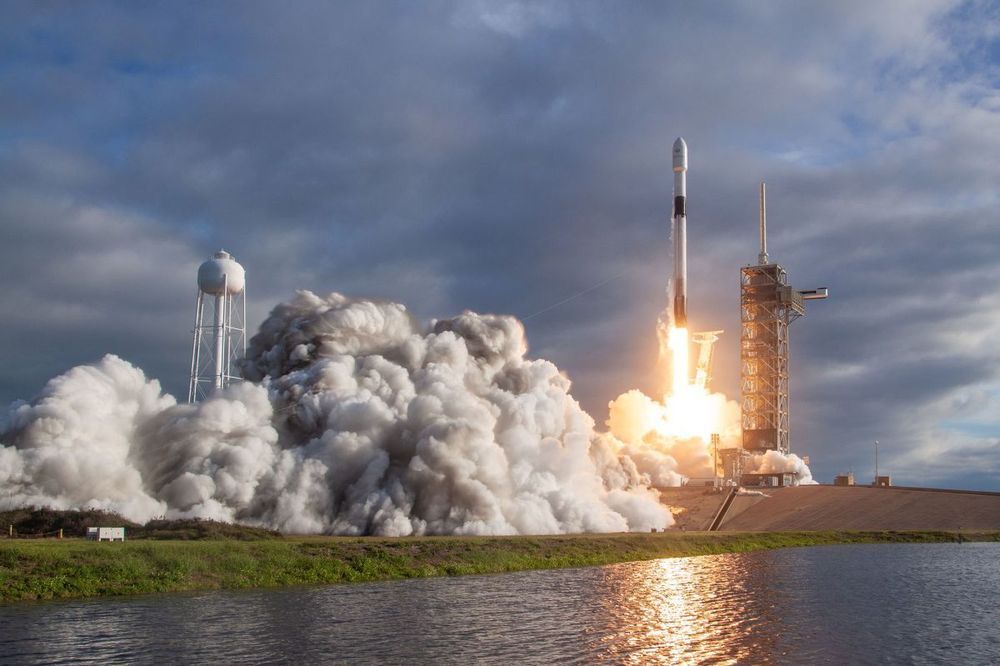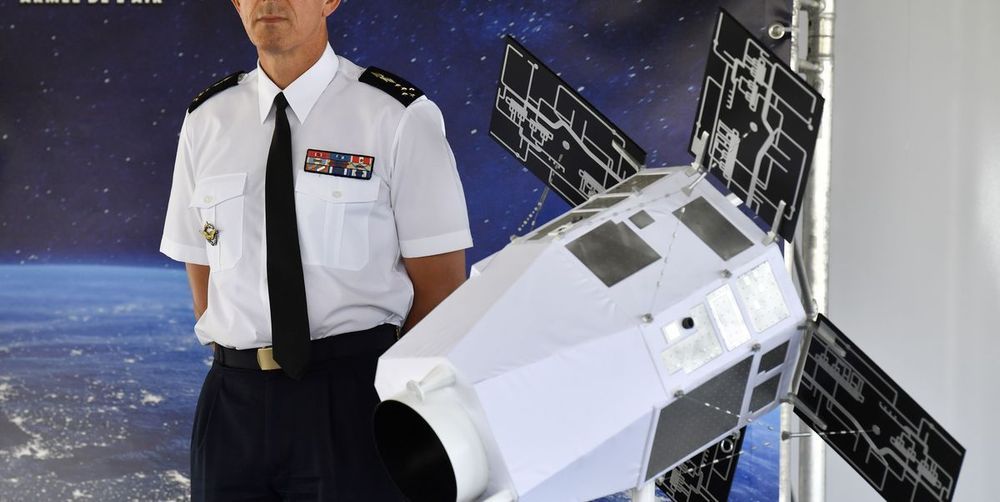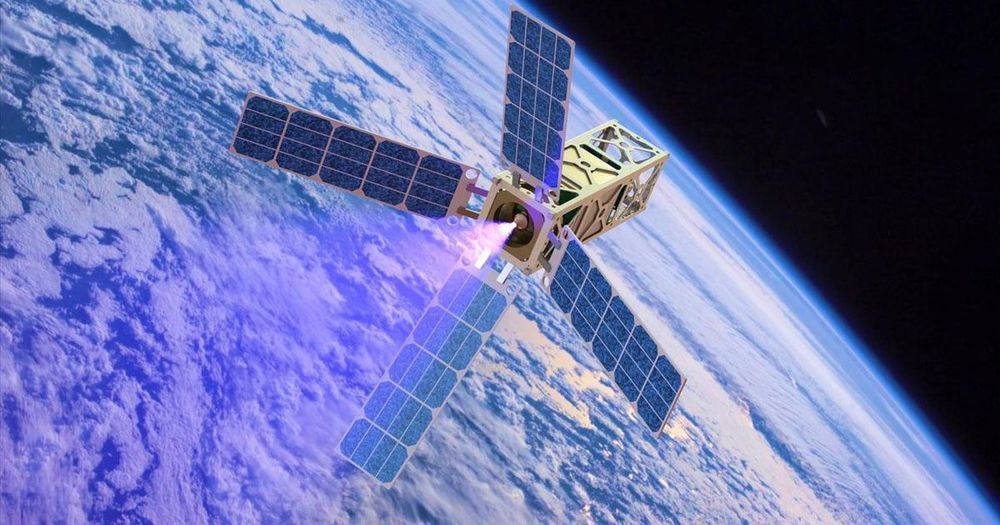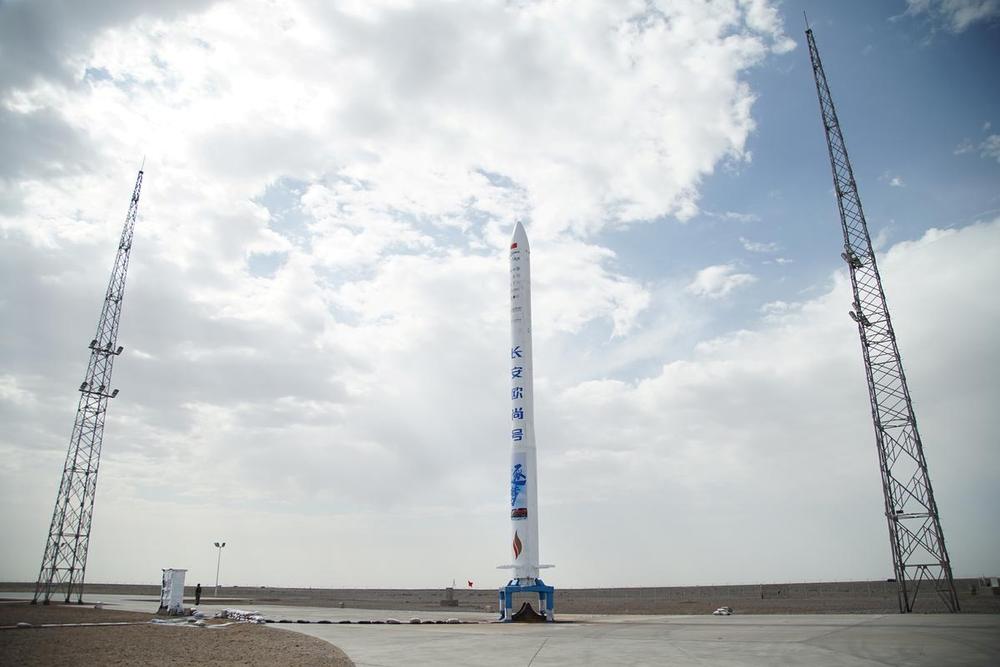LinkSpace’s test flight on Saturday came on the heels of a historic delivery of a satellite into orbit last month by privately owned Chinese firm iSpace.
BEIJING (Reuters) — Chinese startup LinkSpace on Saturday completed its third test of a reusable rocket in five months, stepping up the pace in China’s race to develop a technology key to cheap space launches in an expected global boom in satellite deployment.









